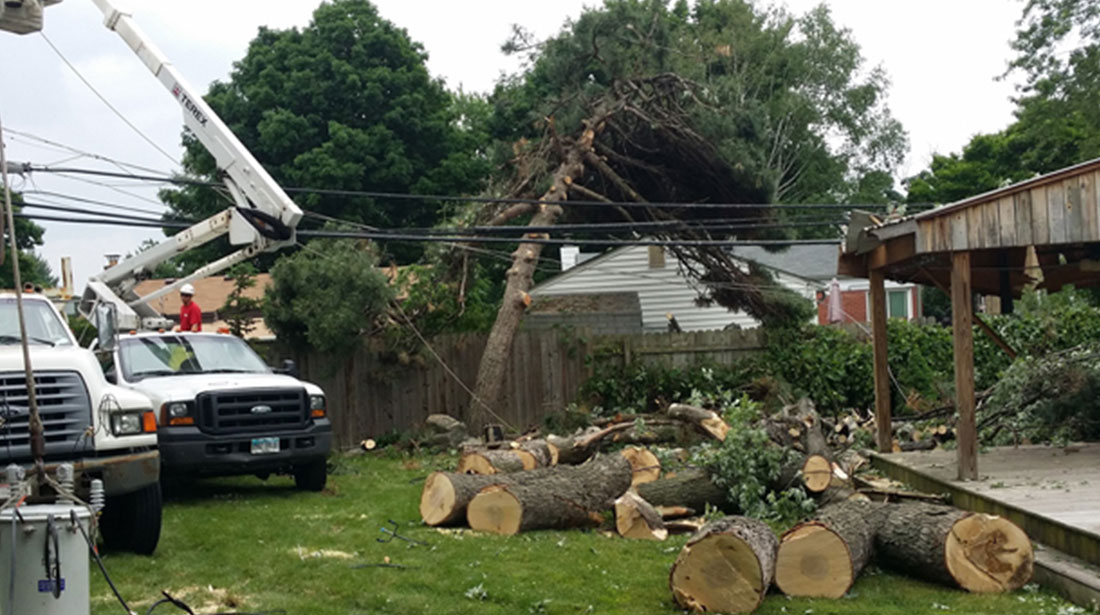Overgrown and unhealthy trees pose major risks to your property and home. Removing dangerous trees is essential to protecting your investment and keeping your family safe.
Why tree removal is essential for home safety?
Falling branches and trees damage roofs, and vehicles, and cause injury. Trees that are decaying, cracked, or have weak branch structures are at high risk of falling, especially during storms. Removing these dangerous trees before they fall prevents costly property damage and bodily harm. Overgrown trees block sunlight and ventilation, promoting mold, mildew, and moisture damage to siding and foundations. They also disrupt underground plumbing and sewer lines. Pruning or removing trees alleviates these risks. Trees that grow too close to buildings cause foundation issues and damage gutters. Their expanding root systems crack driveways, patios, and pool decks as well. Taking out problem trees early on helps prevent costly foundation repairs.
Diseased trees spread infections to other healthy trees nearby. Getting infected trees treated or removed controls the spread of diseases like oak wilt and verticillium wilt. Trees infested by pests lead to invasive insect problems around the home. Tent caterpillars, carpenter ants, termites, and other pests infiltrate your home’s walls and attic. Removing infested trees controls localized pest populations.
Signs a tree needs to be removed
Some clear indicators that a tree needs to be taken down include:
- Dead branches or sparse leaf coverage in the upper canopy
- Mushroom growth at the tree’s base, indicating root decay
- Jagged, cracked, or splintered bark that looks like it is separating from the trunk
- Infestations of carpenter ants or termites around the tree base
- Rotting cavities and wood mold in the trunk
- Branches hanging over the home that could cause damage if they fell
- Leaning trunk that indicates the tree’s roots are compromised
- Evidence of root damage like cracked sidewalks, foundations, or walls
- Dying sections or split crotches on major branch structures that make them prone to breaking
If a tree displays combination of these symptoms, it poses a safety hazard to people and property. The safest option is to have it removed by a certified arborist before damage occurs. For more detail, visit here professional arborist.
Choosing a professional tree removal service
Removing large, overgrown trees is specialized work that requires professional expertise and equipment.
- Licensure – Ensure the company employs certified arborists and is licensed and insured. This protects you from liability.
- Experience – Choose a company that has been in business for several years and has experience taking down large, difficult trees. Check online reviews.
- Safety record – Only work with companies that prioritize safety and compliance with tree removal standards. Ask about safety training.
- Equipment – The company should have specialized equipment like bucket trucks, cranes, and stump grinders to remove trees safely.
- Cost – Get estimates from at least 3 companies. Make sure to consider removal and disposal costs. Avoid companies that charge unusually low prices.
- Clean-up process – A good company will grind the stump, remove debris from the property, and repair any incidental damage.
Removing trees by a professional eliminates safety hazards and prevents extensive damage to a home. Protect your property value and keep your family safe by proactively removing problem trees.




